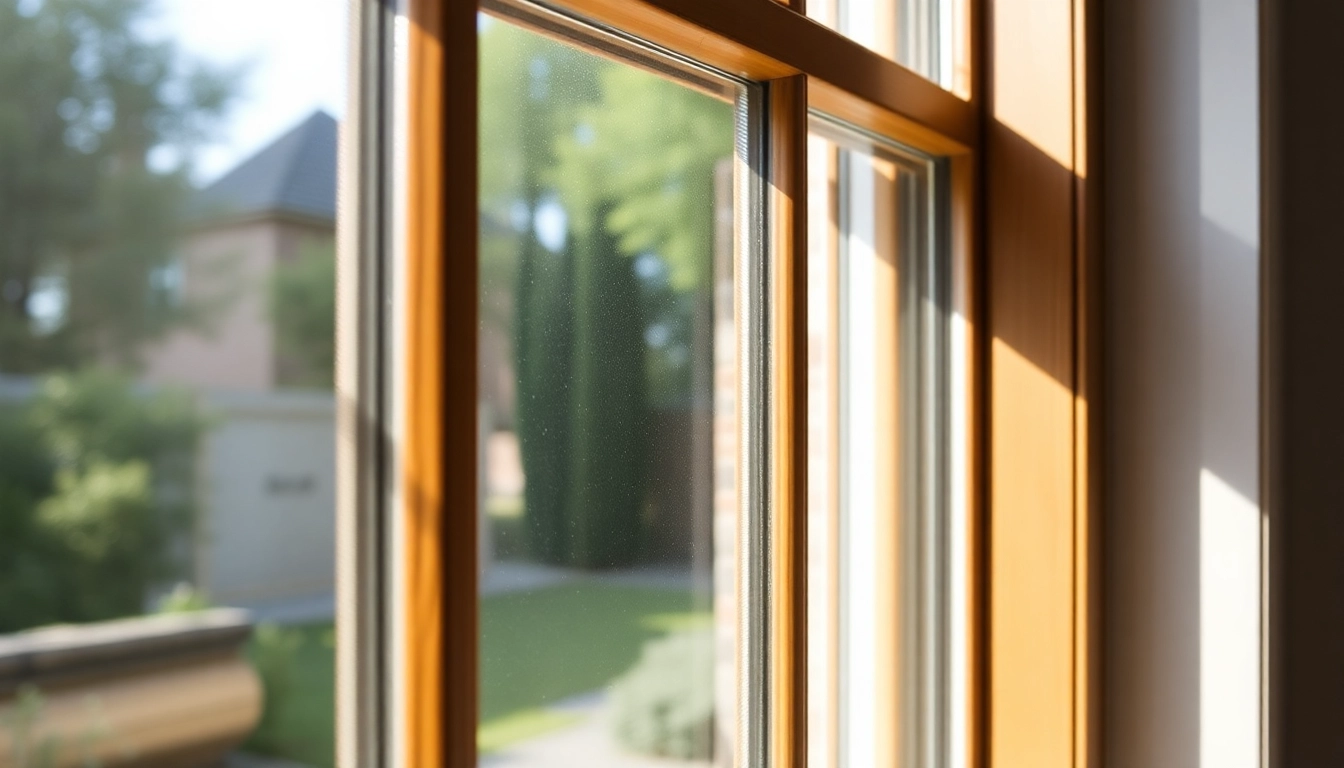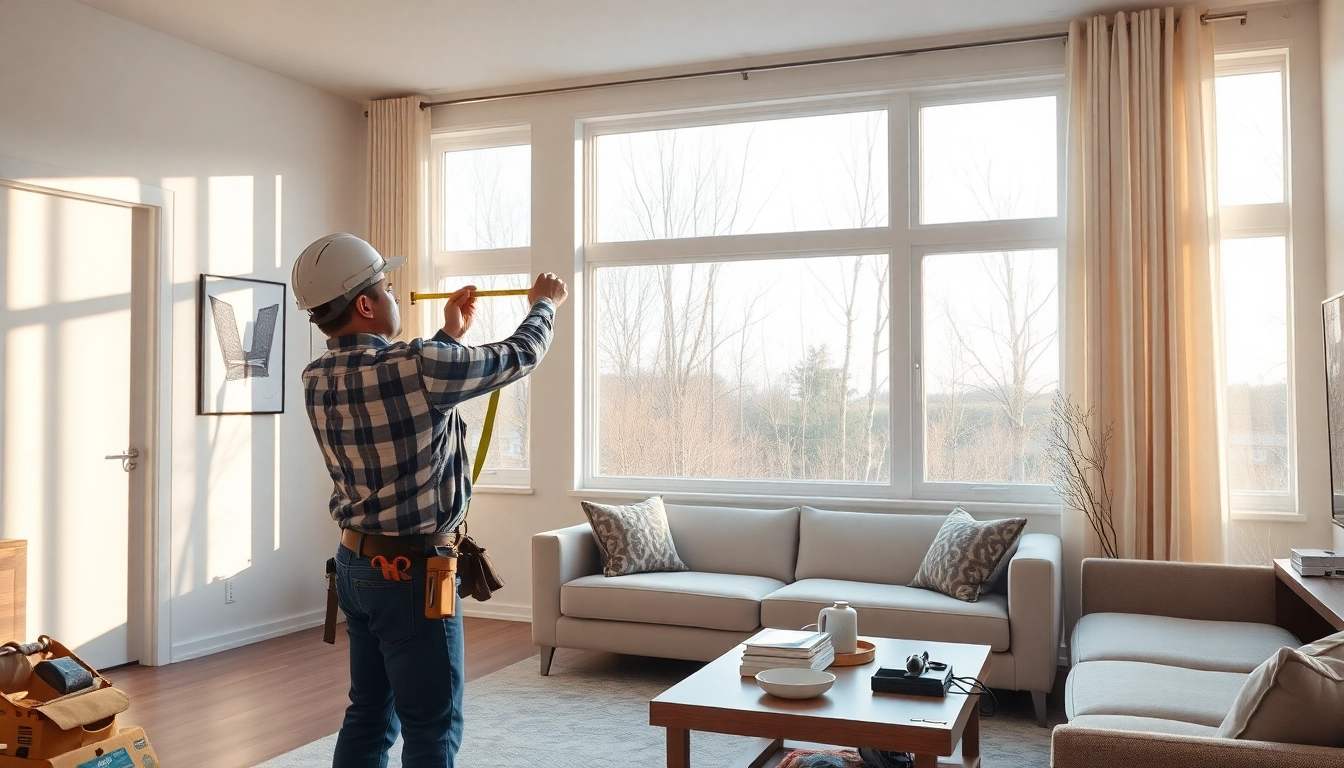Understanding Secondary Glazing for Sash Windows
For homeowners and renovators with sash windows, the quest for comfort and energy efficiency often intersects with preserving the aesthetic charm of their residences. Secondary glazing for sash windows emerges as a practical solution, offering a combination of modern utilities and historical preservation.
What is Secondary Glazing?
Secondary glazing involves adding an additional layer of glazing to existing windows, forming an extra barrier that significantly enhances thermal insulation and reduces noise pollution. This system is particularly beneficial for sash windows, known for their classic design but often flawed by drafts and energy inefficiencies.
The installation of secondary glazing can take various forms—from DIY kits available in hardware stores to professionally installed systems designed to meet specific architectural requirements. Understanding the choice between these options is essential for homeowners looking to maintain both functionality and the visual integrity of their historic windows.
Benefits of Secondary Glazing for Sash Windows
There are numerous benefits to installing secondary glazing on sash windows:
- Improved Energy Efficiency: Secondary glazing minimizes heat loss, ultimately leading to lower energy bills during both winter and summer months.
- Noise Reduction: It offers substantial noise reduction, with some systems capable of reducing sound by as much as 51 decibels. This can be particularly advantageous for homes near busy roads or urban environments.
- Condensation Control: By creating an insulated air gap between the two layers of glass, secondary glazing can help reduce condensation, which is a common issue faced by homeowners with original sash windows.
- Preservation of Historical Features: Quality secondary glazing solutions can be designed to be as unobtrusive as possible, preserving the visual aesthetics of historic properties.
- Cost-Effective Alternative: It allows homeowners to enhance their existing windows’ performance without the hefty costs associated with full replacements.
How Secondary Glazing Works
The basic principle behind secondary glazing is quite straightforward. By adding a second pane of glass (or other materials) behind the existing window, homeowners create a sealed air cavity that acts as an insulator. This additional insulation provides various benefits:
- It lowers heat transfer. The air gap between the two panes significantly decreases the speed at which heat moves in and out of the home, thus improving energy efficiency.
- It acts as a sound barrier. The combination of two separate panes helps to muffle external noise, providing a quieter indoor environment.
- It protects the original window from environmental damage. The outer windowpane can be subject to wear and tear, and secondary glazing can serve as a protective shield.
Types of Secondary Glazing Solutions
When it comes to secondary glazing, various solutions cater to different needs and preferences. Here we delve into the most prevalent options available.
DIY Secondary Glazing Kits
DIY kits for secondary glazing have gained popularity for their affordability and ease of installation. These kits typically include:
- Acrylic Panels: Lightweight and easy to handle, acrylic panels can provide effective insulation, although glass options may offer superior performance.
- Magnetic Strips: Many DIY systems use magnets to secure the panels in place, facilitating ease of installation and removal.
- Complete Kits: These kits come with all necessary components, such as adhesives, frames, and mounting hardware, making it easy for those with basic DIY skills.
Professional Installation Options
For homeowners desiring a seamless and effective solution, hiring professionals for installation is often the best option. Professional services offer:
- Customization: Installers can create bespoke solutions tailored to the specific dimensions and requirements of your sash windows.
- Expert Knowledge: Professionals typically bring experience and understanding of building regulations, ensuring compliance and optimal performance.
- High-Quality Materials: Specialists often have access to superior materials and advanced installation techniques that DIY kits may lack.
Magnetic vs. Fixed Secondary Glazing
When considering secondary glazing, one important decision is whether to opt for magnetic or fixed systems.
- Magnetic Secondary Glazing: This system allows panels to attach directly to metal strips fixed on the window frame, making it easy to remove for cleaning or seasonal ventilation. This flexibility appeals to many homeowners.
- Fixed Secondary Glazing: Fixed systems are permanently installed, providing a sturdier and often more energy-efficient solution. While less convenient for cleaning, they are beneficial for creating a more aesthetically integrated look.
Cost Considerations for Secondary Glazing
Initial Investment vs. Long-Term Savings
Cost is a major factor in the decision to install secondary glazing. The initial outlay can vary widely based on material choices, installation methods, and window configurations. However, it’s important to consider the long-term savings associated with improved energy efficiency. Homeowners often see a return on investment within several years due to decreased heating and cooling costs.
Installation Costs: What to Expect
The costs associated with secondary glazing installations differ widely based on factors such as:
- Type of System: Professional installations will typically have a higher up-front cost compared to DIY kits.
- Window Size and Design: Larger or more complex window designs may incur additional costs due to increased material usage and labor.
- Geographical Location: Installation costs can also vary based on regional labor rates and material availability.
On average, consumers can expect to pay anywhere from £300 to £800 per window for professional installations, while DIY kits may range from £100 to £400 depending on size and complexity.
Comparing Secondary Glazing Prices
To make an informed decision, homeowners should compare secondary glazing prices across different providers. Factors to watch for include:
- Material Quality: Ensure that the materials used are durable and suitable for the specific climate conditions of your area.
- Warranty Options: A good warranty can add significant value to your investment, providing peace of mind.
- Installation Services: Some companies offer bundled services—material supply and installation—at a discounted rate, saving you additional costs.
Installation Process for Secondary Glazing
Tools and Materials Needed
For those considering the DIY route, having the right tools and materials is crucial for a successful installation. Essential items may include:
- Measuring tape
- Cutting tools (for acrylic or glass)
- Adhesives, mounting tape, or magnetic strips
- Clean cloth and cleaning solution
- Protective eyewear and gloves
Step-by-Step Installation Guide
Installing secondary glazing typically follows these steps:
- Measure the Window Frame: Accurate measurements are essential to ensure a proper fit.
- Prepare the Surface: Clean the windowframe to eliminate dust, grease, and other contaminants that will impede adhesion.
- Cut the Glazing Material: If you’re using glass or acrylic sheets, ensure cuts are precise for a snug fit.
- Install the Glazing: Depending on your system, you may need to apply adhesive, use magnetic strips, or secure frames into place. Follow manufacturer instructions carefully.
- Sealing: Use weather stripping or caulking to seal around the edges for improved insulation.
- Final Checks: Inspect the installation to ensure a proper fit and seal.
Common Mistakes to Avoid During Installation
Even with a relatively straightforward installation process, mistakes can happen. Keep an eye out for these common pitfalls:
- Improper Measurement: Double-checking your measurements is crucial; errors can lead to gaps or unsightly gaps.
- Neglecting Air Gaps: Leaving adequate space is important to ensure thermal efficiency and avoid condensation build-up.
- Using the Wrong Adhesives: Ensure adhesives are compatible with the materials being used to avoid degradation over time.
Real-Life Impact of Secondary Glazing
Customer Testimonials and Case Studies
Many homeowners have shared positive experiences following the installation of secondary glazing on their sash windows. For instance, one Bristol family reported a 30% reduction in their heating bills after fitting secondary glazing, citing the noticeable improvement in warmth and comfort during winter months.
Moreover, case studies from energy efficiency experts indicate that homes with secondary glazing installed have significantly higher energy ratings compared to those with single-glazed windows. The long-term positive impact on property value is a compelling consideration for many owners of historic properties.
Comparative Noise Reduction Measurements
The effectiveness of secondary glazing in noise reduction varies, but studies show significant differences in measured decibel levels:
- Without secondary glazing: Typical readings can exceed 60dB in urban areas.
- With secondary glazing: Noise levels typically dropped to around 40-45dB, providing a much quieter and more peaceful living environment.
Thermal Efficiency Improvements in Historic Homes
In historic homes, installing secondary glazing not only addresses the issues of heat loss but also supports the preservation of the original aesthetics of the windows. Many conservation organizations actively endorse secondary glazing as a means to enhance energy efficiency without compromising the structural integrity or appearance of listed buildings.
As energy costs continue to rise, investing in secondary glazing for sash windows represents a practical step towards enhancing home comfort and sustainability, offering a perfect balance of beauty and functionality.



